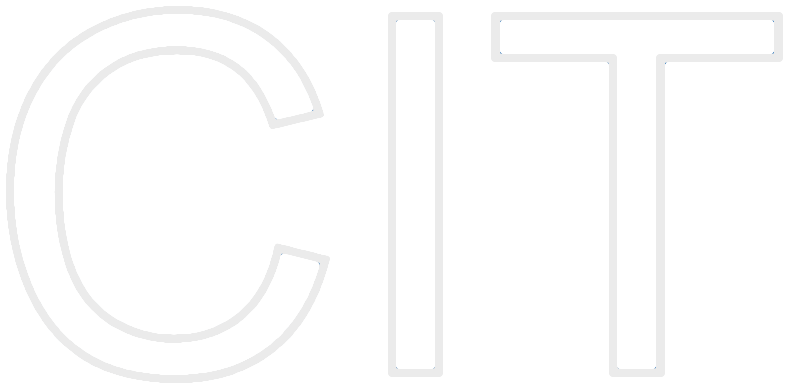Chapter 5: Analysis
 |
|
Abstract
Analysis results in a model of the system that aims to be correct, complete, consistent, and unambiguous. Developers formalize the requirements specification produced during requirements elicitation and examine in more detail boundary conditions and exceptional cases. Developers validate, correct and clarify the requirements specification if any errors or ambiguities are found. The client and the user are usually involved in this activity when the requirements specification must be changed and when additional information must be gathered.
In object-oriented analysis, developers build a model describing the application domain. For example, the analysis model of a watch describes how the watch represents time: Does the watch know about leap years? Does it know about the day of the week? Does it know about the phases of the moon? The analysis model is then extended to describe how the actors and the system interact to manipulate the application domain model: How does the watch owner reset the time? How does the watch owner reset the day of the week? Developers use the analysis model, together with nonfunctional requirements, to prepare for the architecture of the system developed during high-level design (Chapter 6, System Design: Decomposing the System).
In this chapter, we discuss the analysis activities in more detail. We focus on the identification of objects, their behavior, their relationships, their classification, and their organization. We describe management issues related to analysis in the context of a multi-team development project. Finally, we discuss in more detail analysis issues and trade-offs using the ARENA case study.

